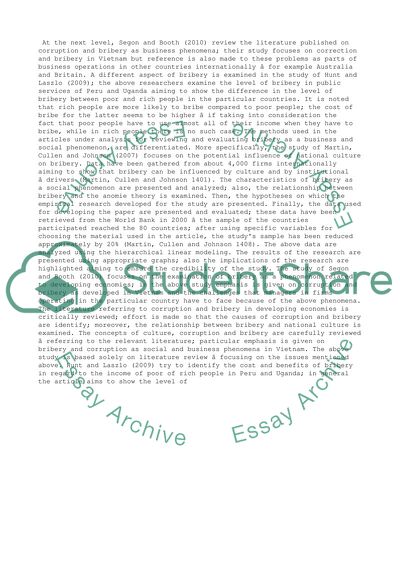Cite this document
(“Bribery - Analysis of Articles Essay Example | Topics and Well Written Essays - 1000 words”, n.d.)
Retrieved from https://studentshare.org/management/1424164-bribery
Retrieved from https://studentshare.org/management/1424164-bribery
(Bribery - Analysis of Articles Essay Example | Topics and Well Written Essays - 1000 Words)
https://studentshare.org/management/1424164-bribery.
https://studentshare.org/management/1424164-bribery.
“Bribery - Analysis of Articles Essay Example | Topics and Well Written Essays - 1000 Words”, n.d. https://studentshare.org/management/1424164-bribery.


